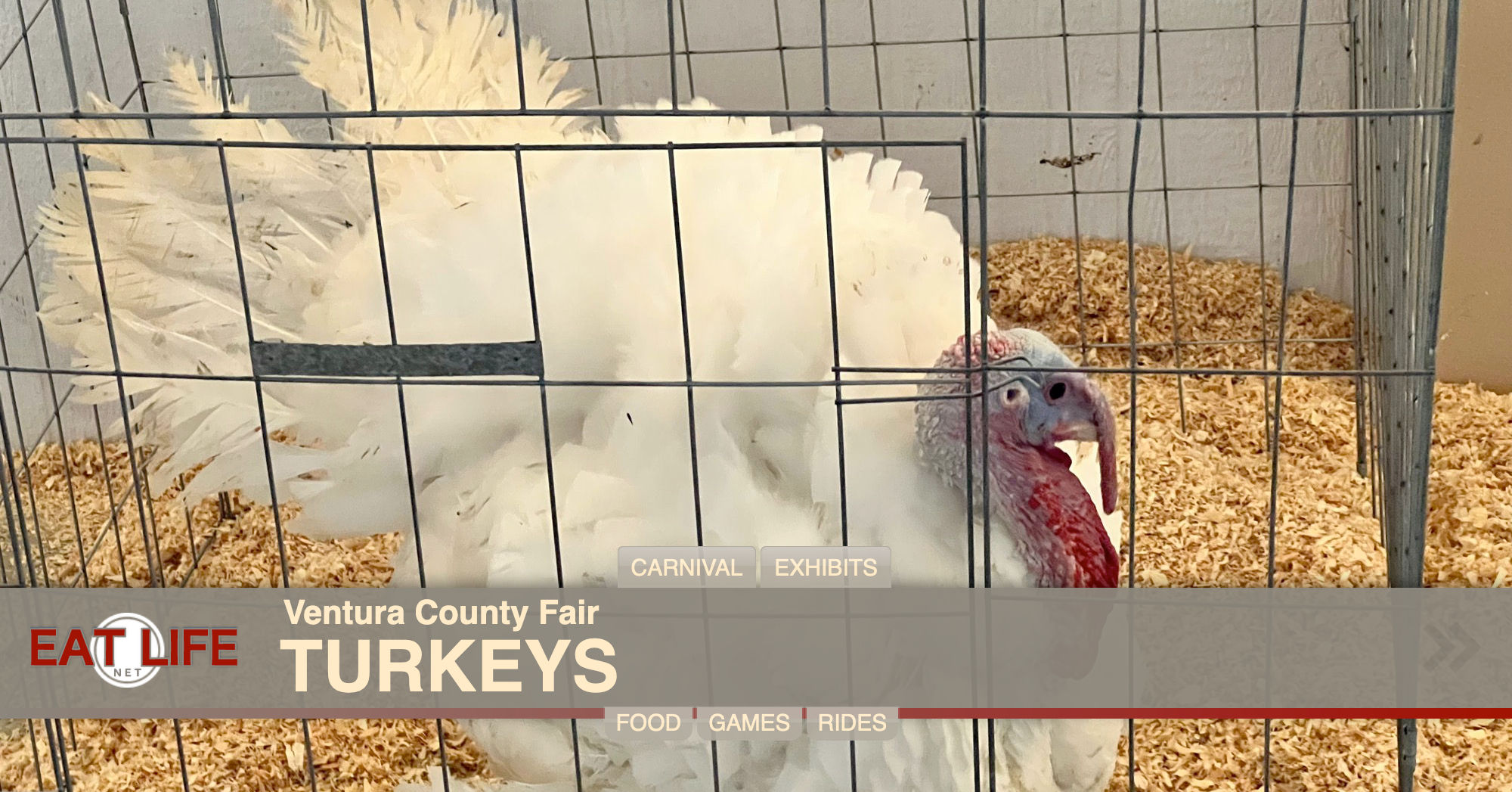Uncle Leo's Barnyard
BARNYARD
Posted: September 2022
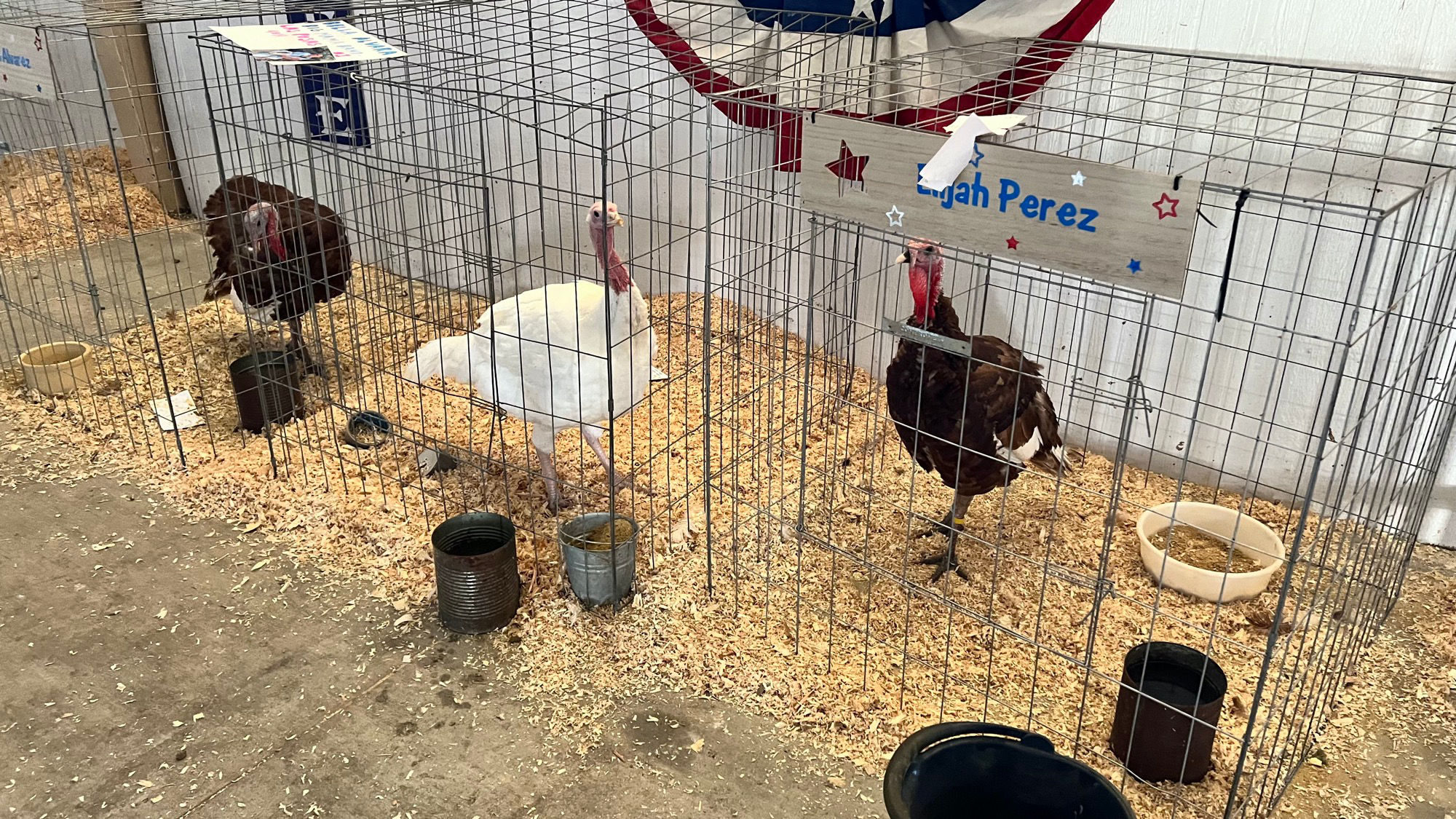
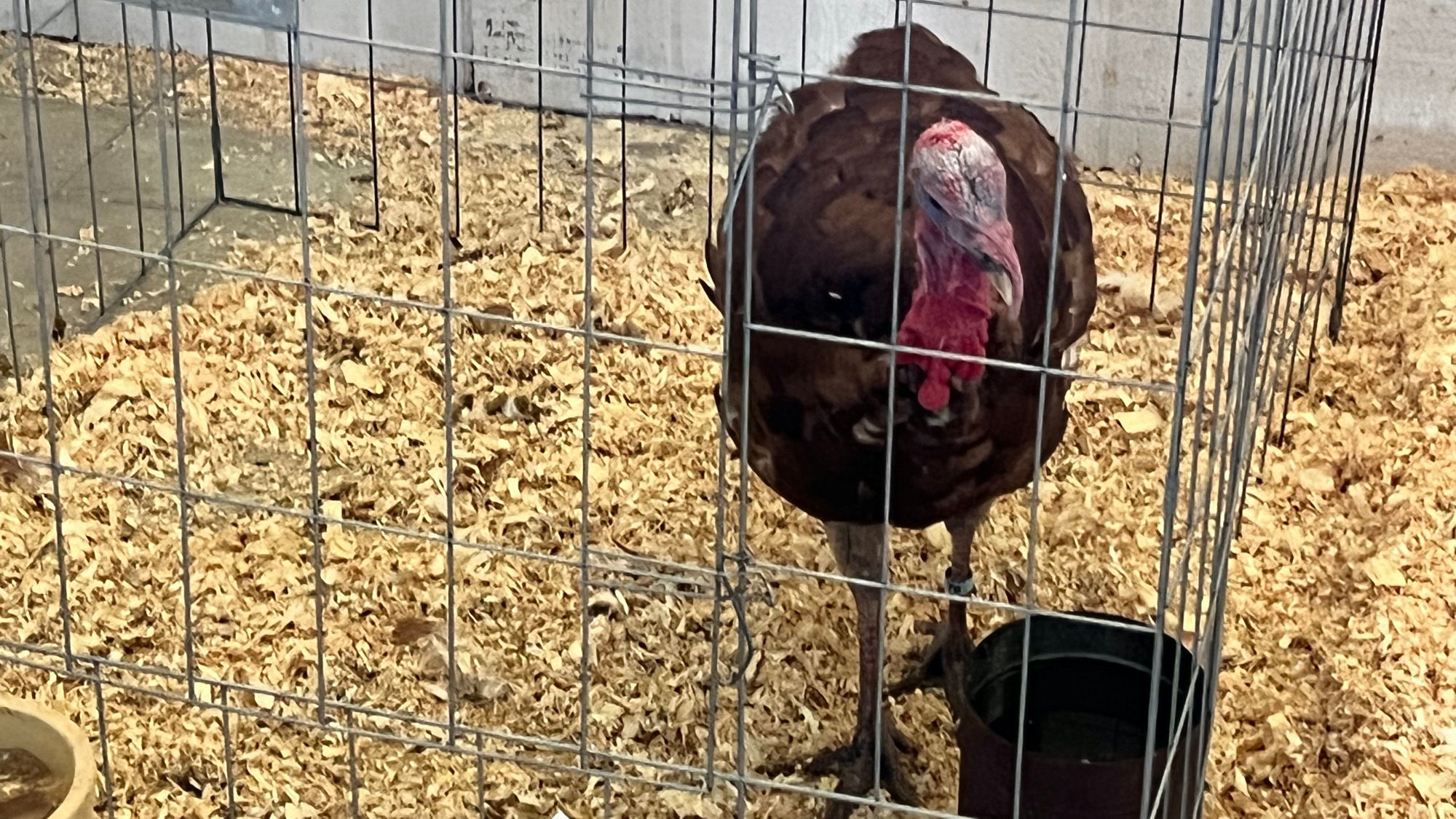
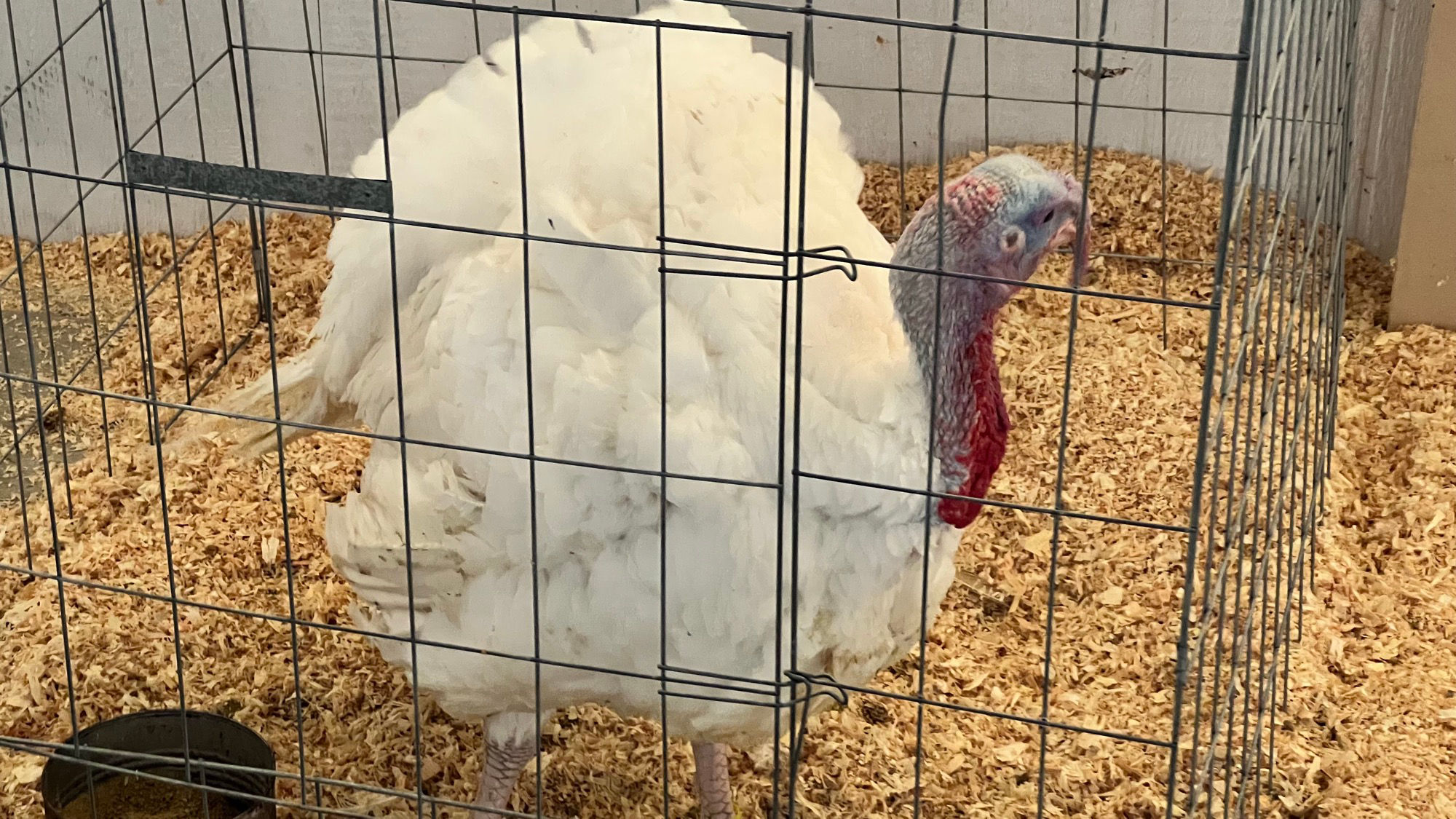
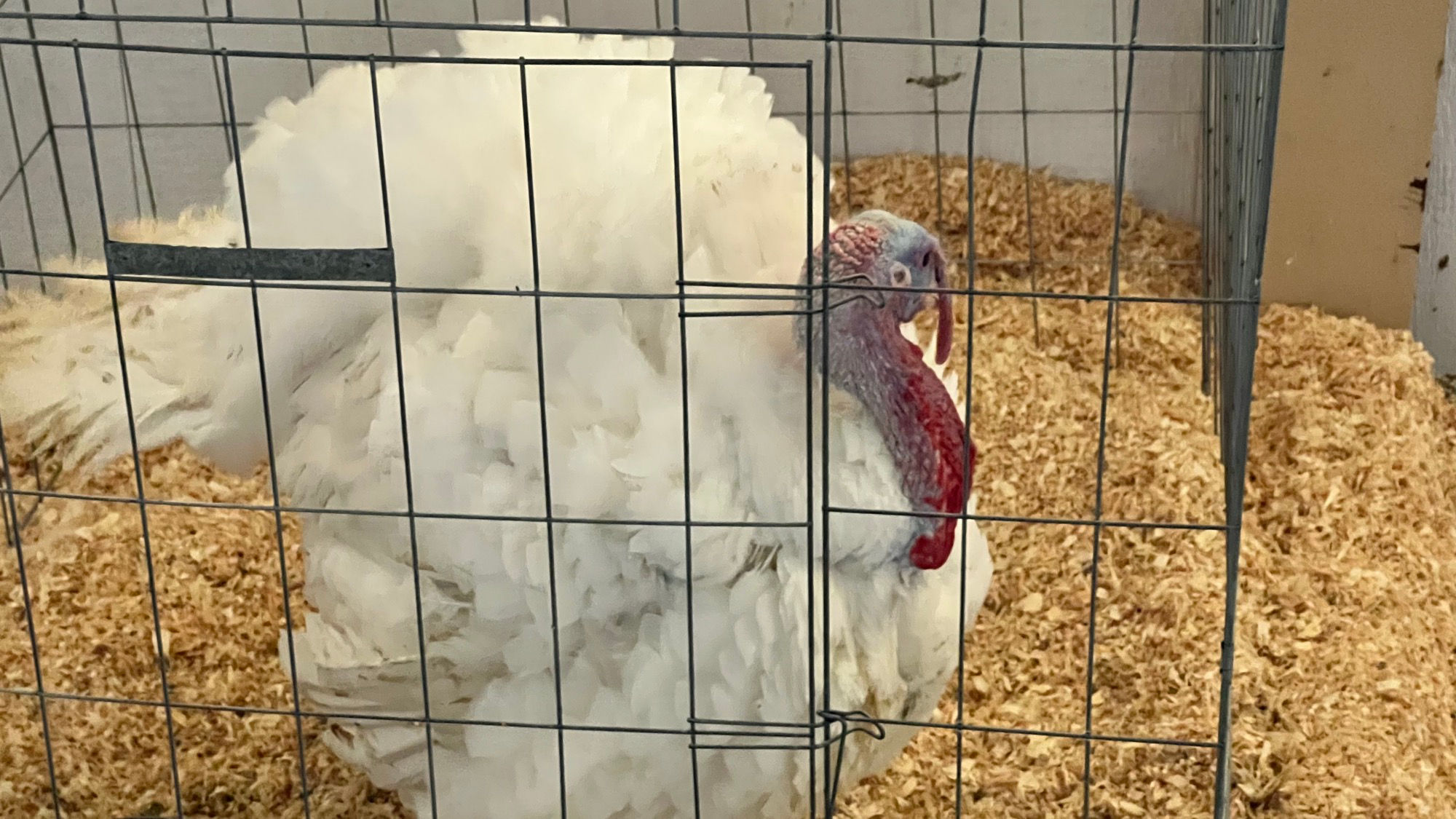
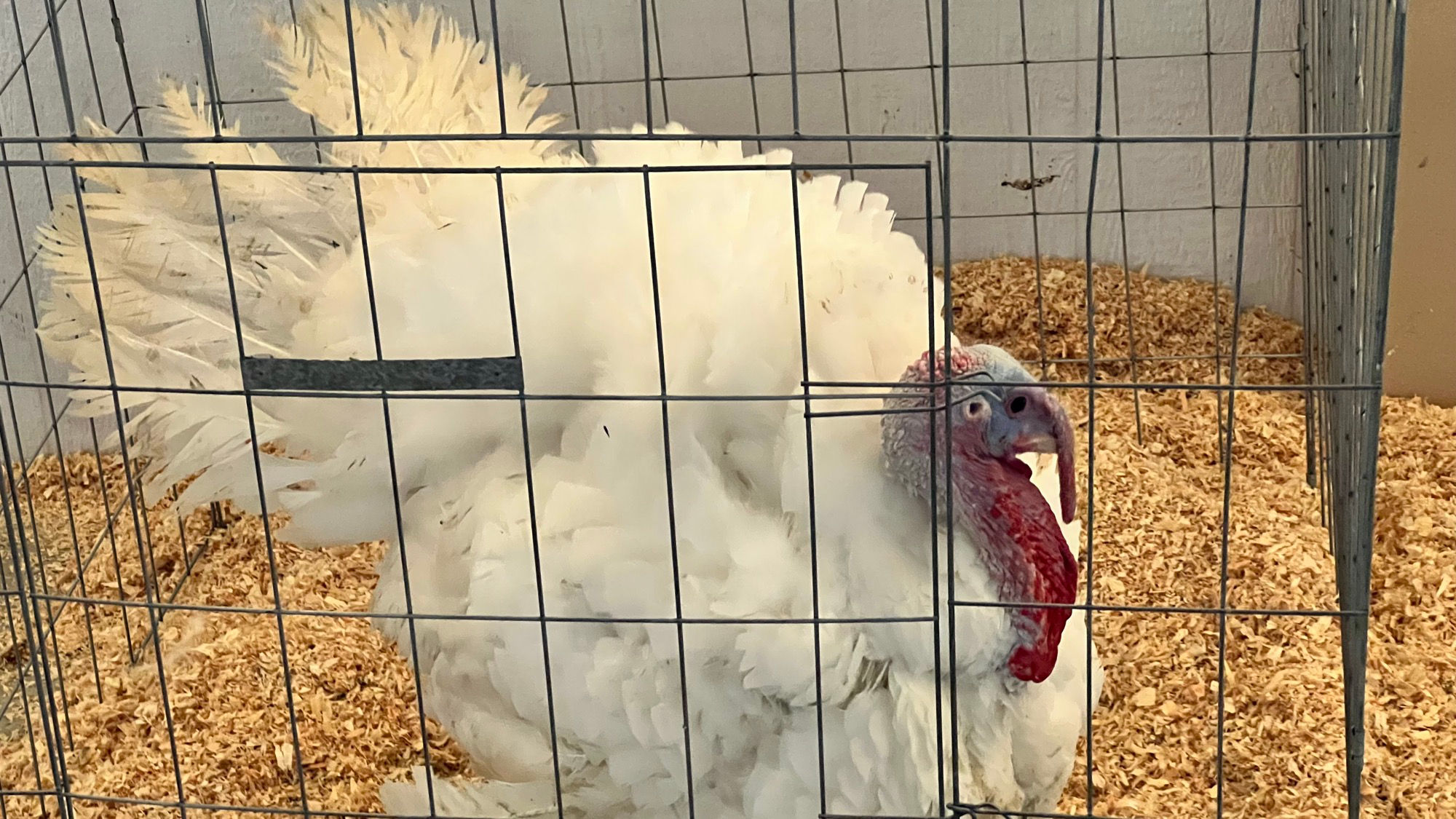
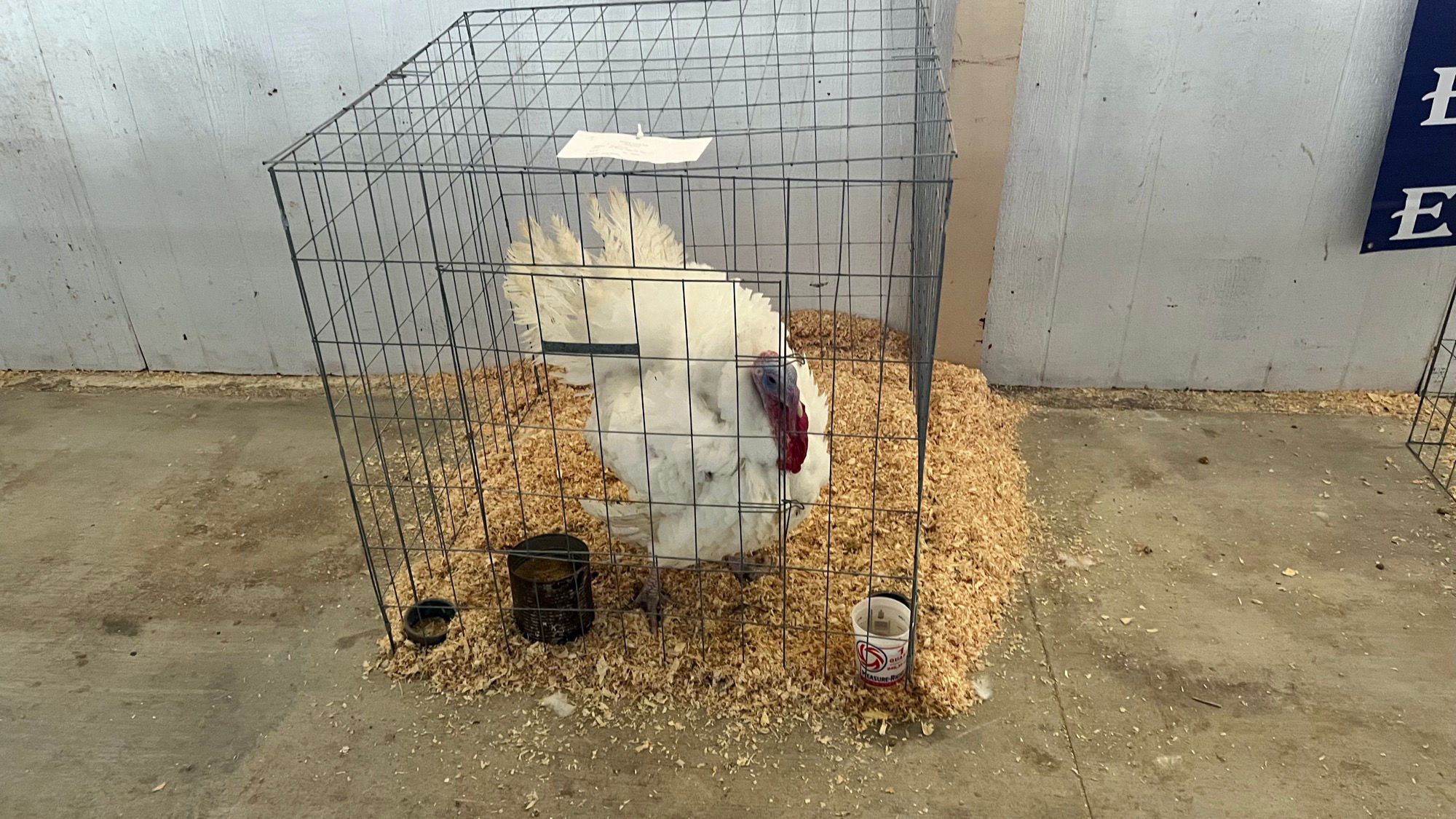
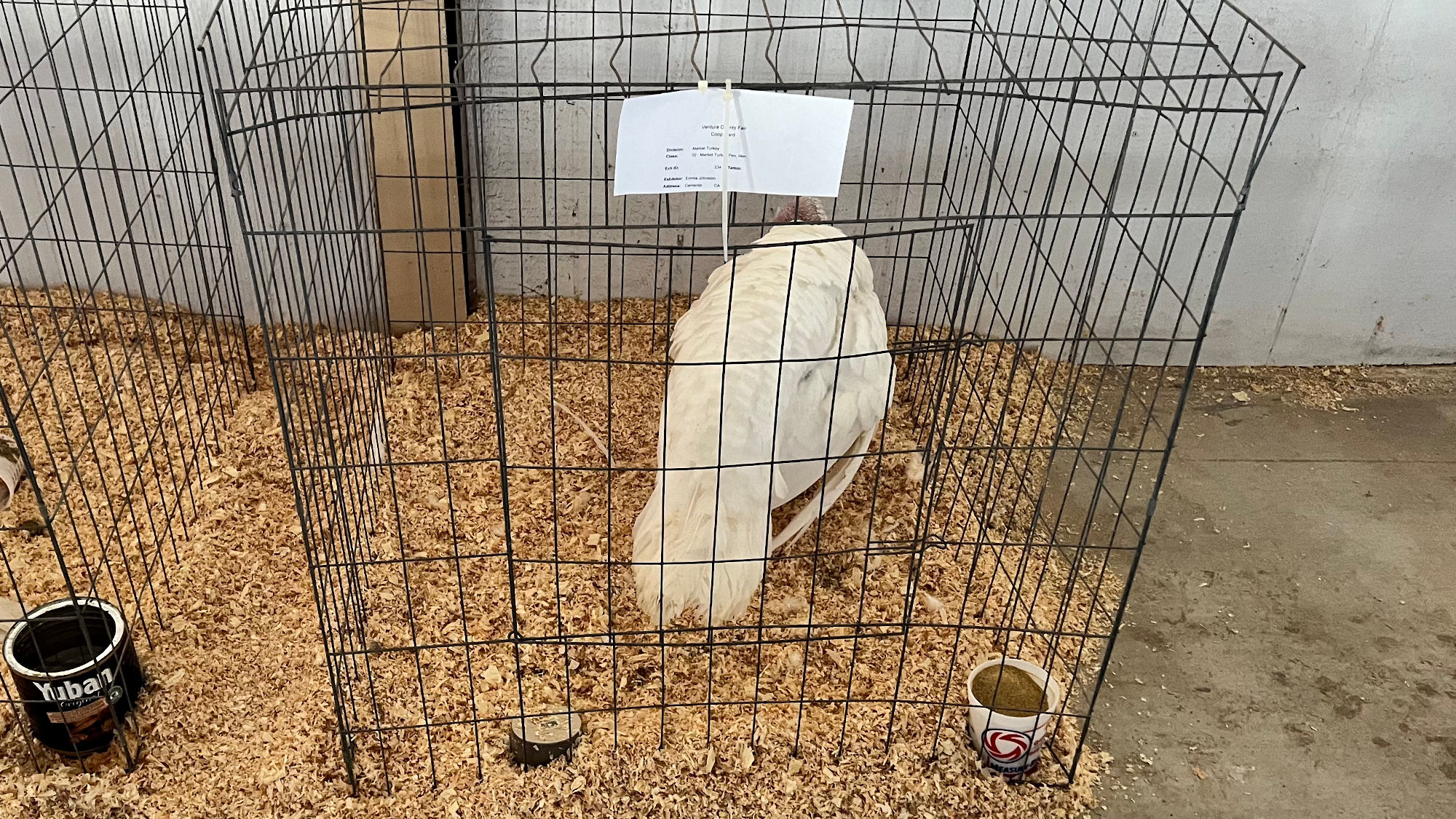
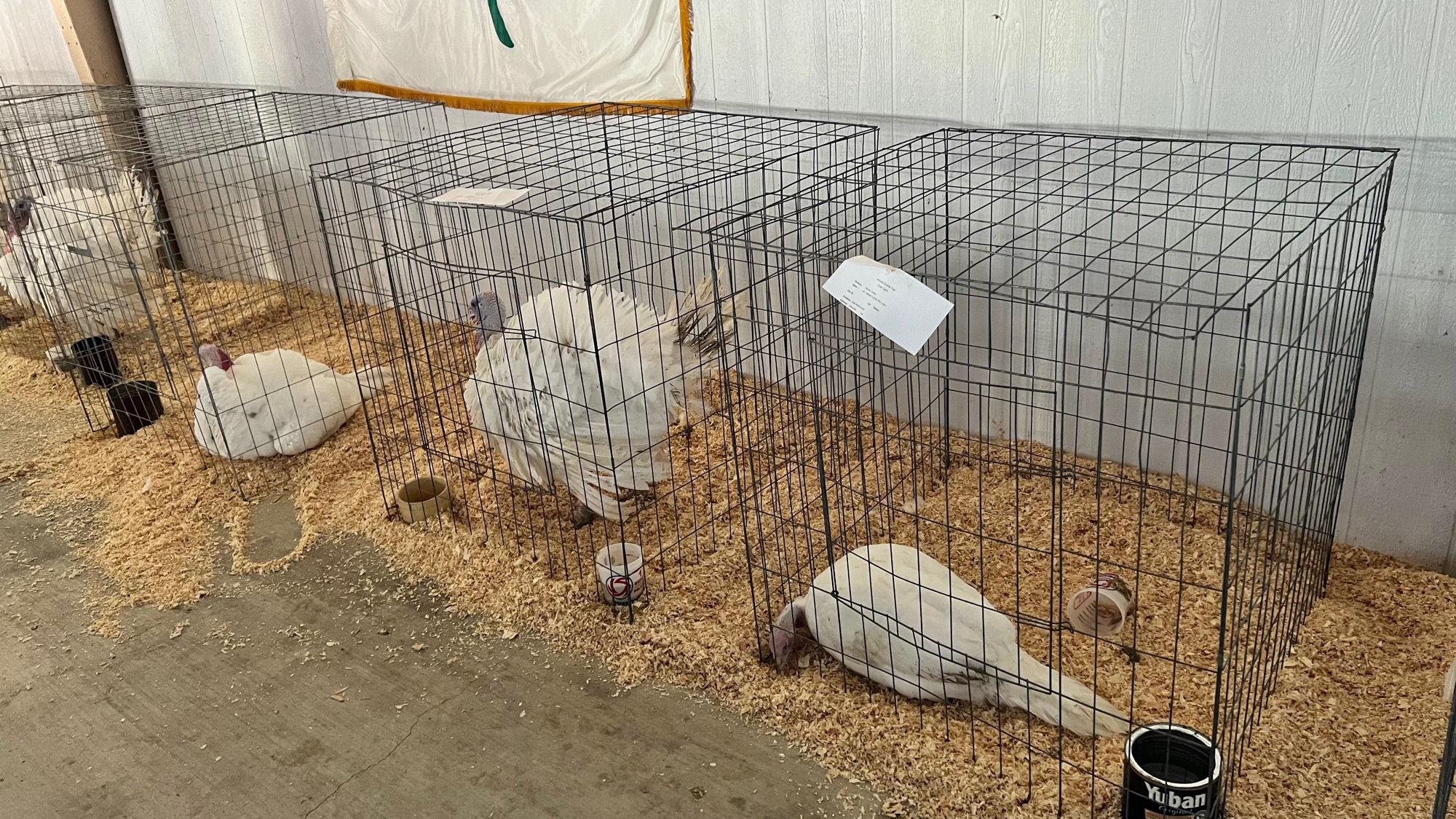
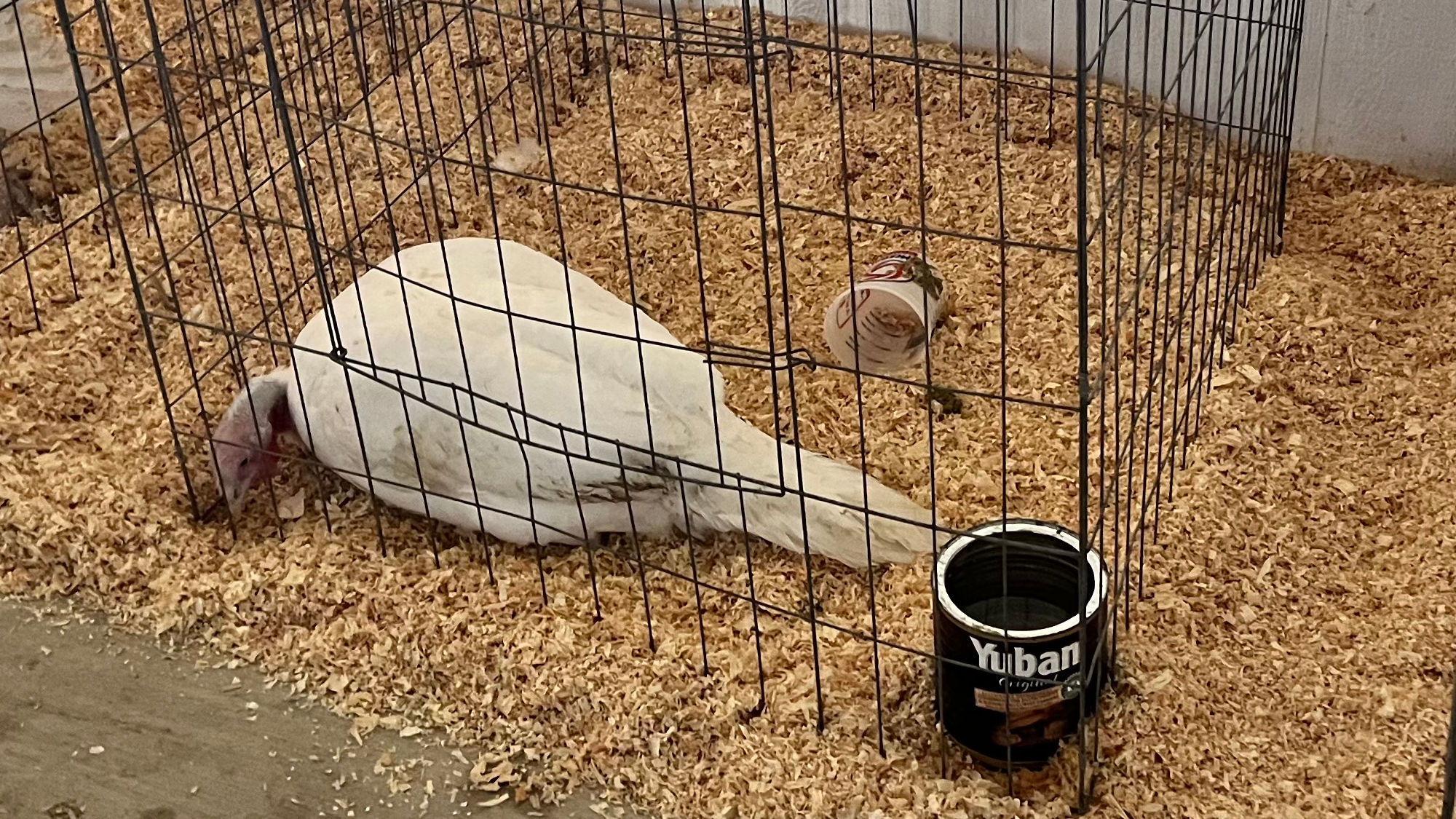
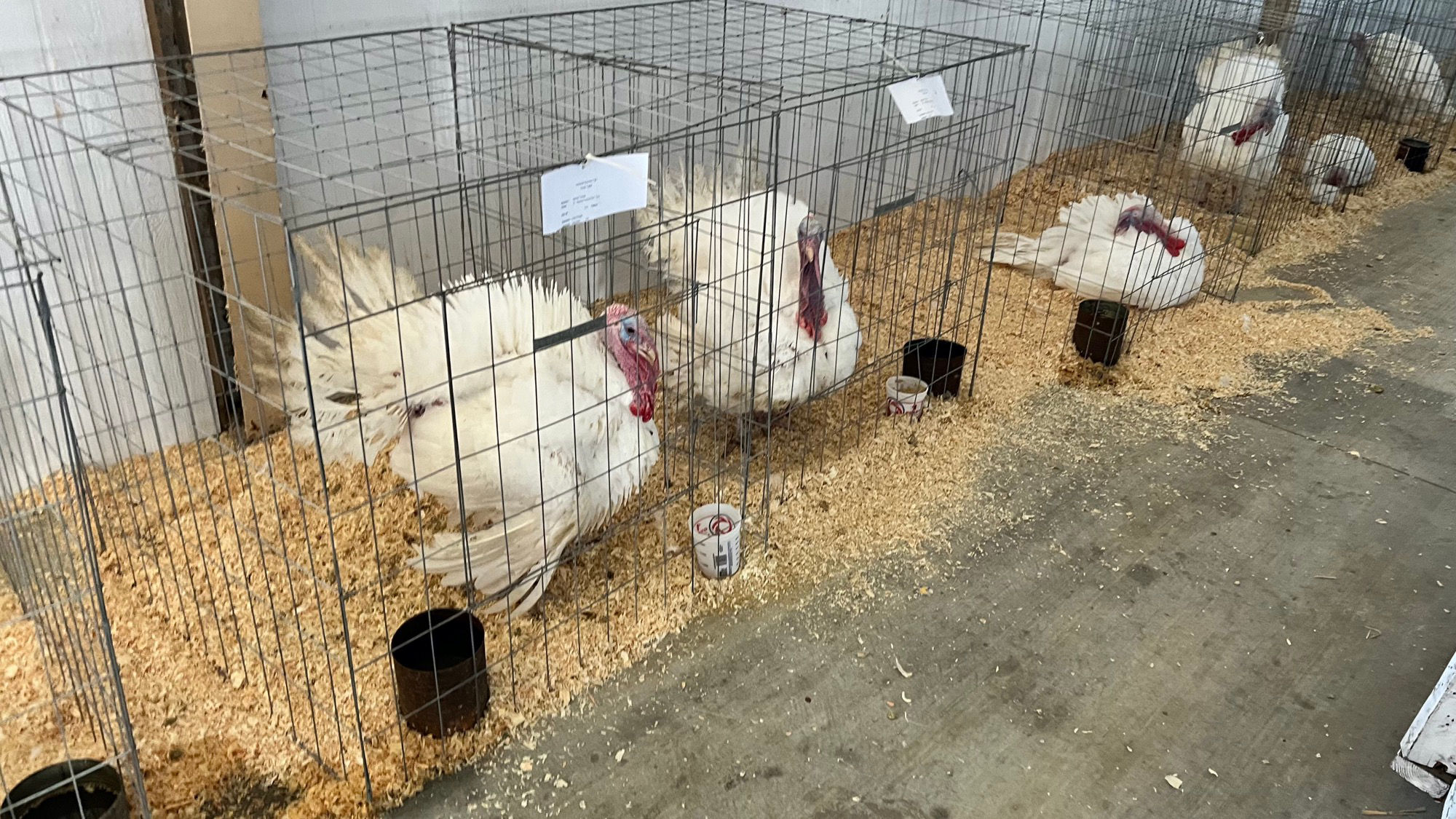
The turkey is a large bird in the genus Meleagris, native to North AmericaTurkey:
- There are two extant turkey species:
- The wild turkey (Meleagris gallopavo) of eastern and central North America
- The ocellated turkey (Meleagris ocellata) of the Yucatan Peninsula in Mexico
- Males of both turkey species have a distinctive fleshy wattle, called a snood, that hangs from the top of the beak
- They are among the largest birds in their ranges
- As with many large ground-feeding birds (order Galliformes), the male is bigger and much more colorful than the female
The earliest turkeys evolved in North America over 20 million years ago. They share a recent common ancestor with grouse, pheasants, and other fowl. The wild turkey species is the ancestor of the domestic turkey, which was domesticated approximately 2,000 years ago.
- A number of turkeys have been described from fossils.
- Turkeys were likely first domesticated in Pre-Columbian Mexico, where they held a cultural and symbolic importance. Mayan aristocrats and priests appear to have had a special connection to ocellated turkeys, with ideograms of those birds appearing in Mayan manuscripts. Turkeys were first exported to Europe via Spain around 1519, where they gained immediate popularity among the aristocratic classes. Turkeys arrived in England in 1541. From there, English settlers brought turkeys to North America during the 17th century.
- Turkeys have been considered by many authorities to be their own family-the Meleagrididae-but a recent genomic analysis of a retrotransposon marker groups turkeys in the family Phasianidae
- In anatomical terms, a snood is an erectile, fleshy protuberance on the forehead of turkeys. Most of the time when the turkey is in a relaxed state, the snood is pale and 2–3 cm long. However, when the male begins strutting (the courtship display), the snood engorges with blood, becomes redder and elongates several centimeters, hanging well below the beak.
Pecking Order:
Turkeys have been known to be aggressive toward humans and pets in residential areas. Wild turkeys have a social structure and pecking order and habituated turkeys may respond to humans and animals as they do other turkeys. Habituated turkeys may attempt to dominate or attack people that the birds view as subordinates.





